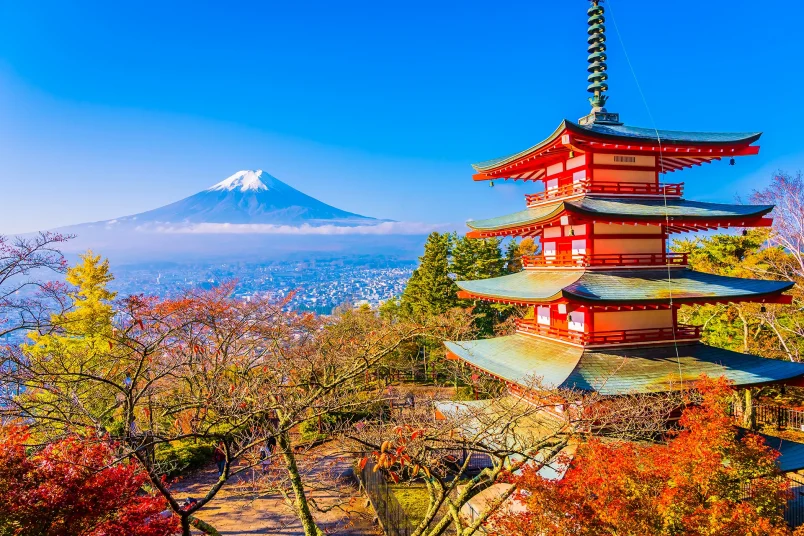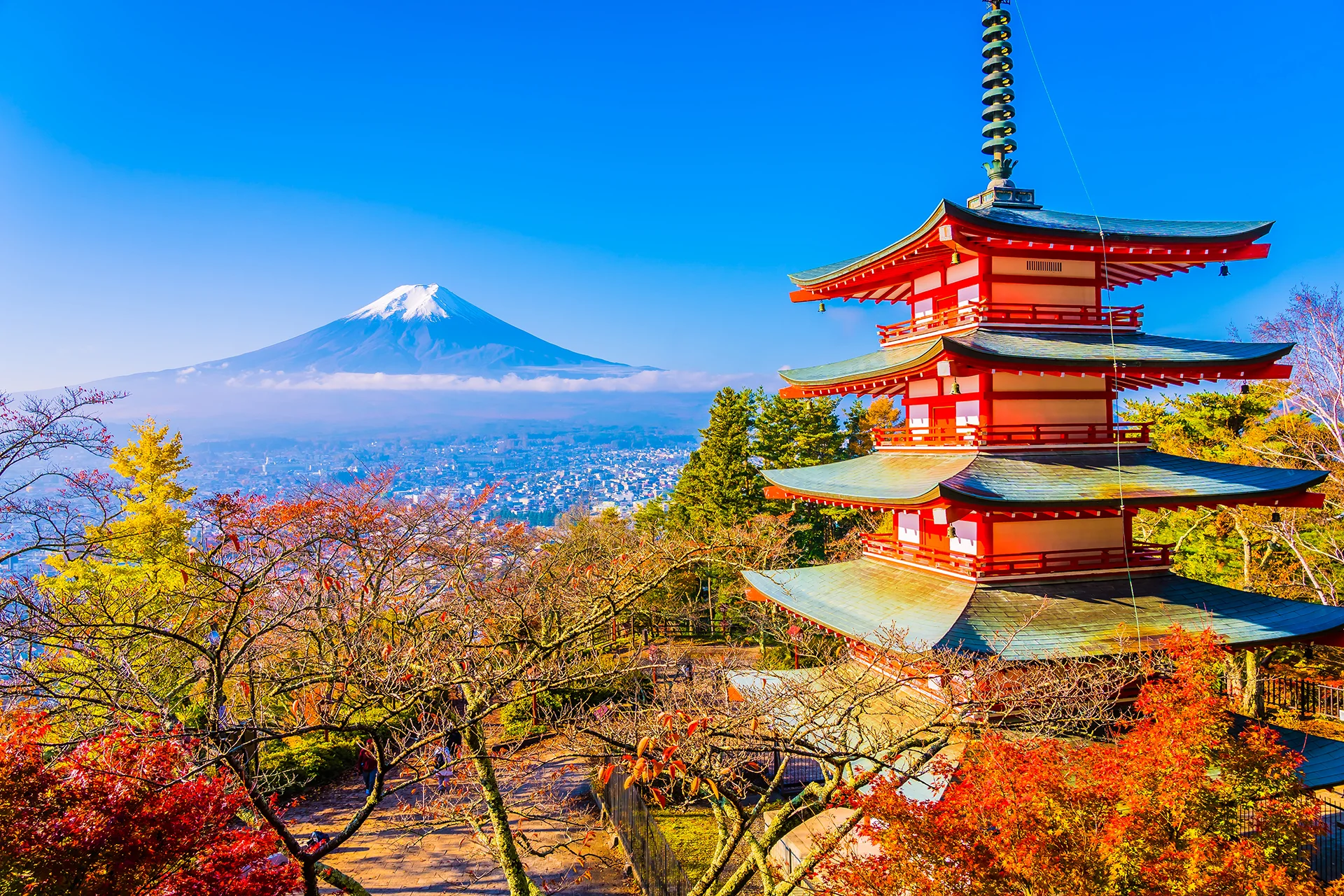Just the name Mount Fuji conjures up, even for the most novice traveler, the image of a majestic mountain with a perfectly conical, snow-covered peak. And that’s typically accurate: nearly all year, except from July to September, the slopes of this volcano—dormant for 300 years—are blanketed in snow.
But this year, things are different. “Mount Fuji remained snowless as of Monday — the latest date that its majestic slopes have been bare since records began 130 years ago,” reported Japan Today on Tuesday, October 29.
Typically, snowfall on Mount Fuji, located not far from Tokyo, begins around October 2; last year, the first snow arrived on October 5. But due to unseasonably warm weather, Japan’s highest mountain has yet to see its first snowfall of the season, noted Yutaka Katsuta, a forecaster at the Kofu Local Meteorological Office. This delay is unprecedented since comparative records started in 1894, surpassing the prior record of October 26, seen in 1955 and again in 2016.
According to Katsuta, higher-than-average summer temperatures, persisting through September, have delayed the arrival of the cold air that typically brings snow. Climate change may be influencing the timing of Mount Fuji’s snowfall, he adds. The summer of 2024 was tied as Japan’s hottest on record, matching the extreme heat of 2023.
Beyond its role as a natural spectacle, Mount Fuji draws over 220,000 hikers each year, many braving the night to reach its 3,776-meter (12,388-foot) summit for a spectacular sunrise view. One might think this year’s snow delay could entice even more visitors to make the climb, yet this season saw fewer hikers. Earth.com attributes the dip in visitors to new measures by Japanese authorities aimed at managing over-tourism, including an entry fee and daily caps on the number of climbers.


















